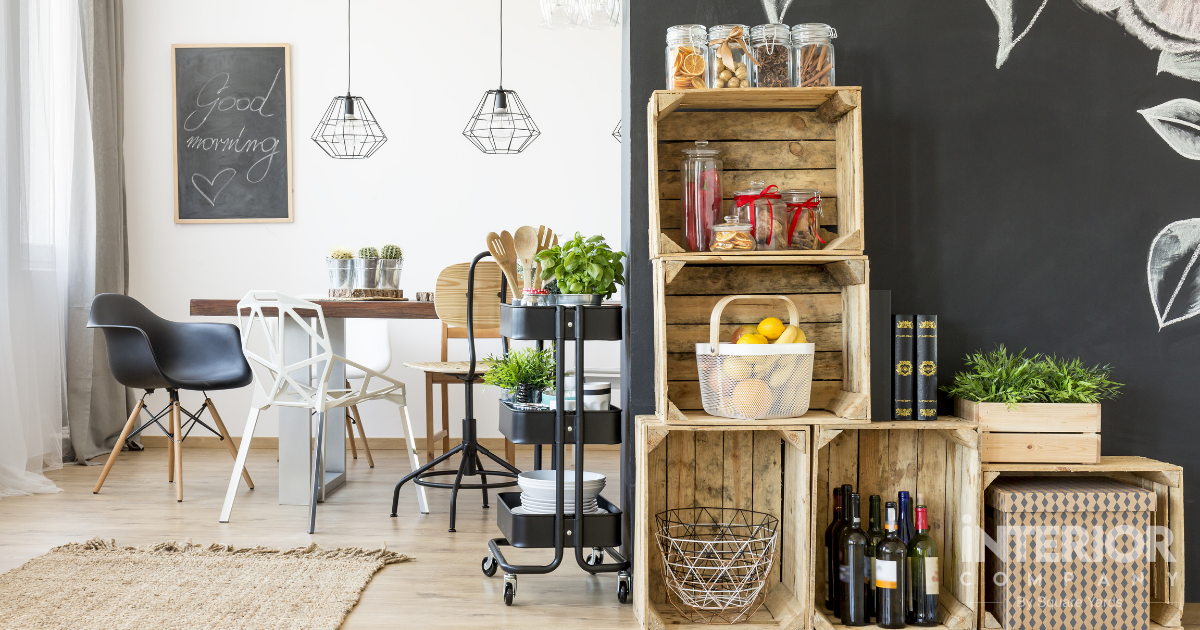- Home
- Trends
- Furniture And Decor
- Indoor Plants
- Orchids Flowers Indp
Orchid Care: How to Grow and Care for Orchids
Orchids are one of the most popular and commonly grown indoor plants. Orchids are the most highly coveted plants that symbolize grace, luxury, love, and strength. The orchid plant epitomizes this splendour of beauty even today. Orchids are found in a staggering variety of species, colours, and sizes. They make up for stunning interior decor. They have a reputation of being difficult to grow but they can be maintained easily. They can bloom all year round, even in the harshest weather conditions.
Table of Content
Orchid plants are known as epiphytes because they do not grow in dirt. They grow by hanging to the bark of the trees. Some wild orchids also grow in the loamy soil of the jungle. These orchids are semi-terrestrial. With 22000 species and 880 types of orchids, this plant has become the most diverse plant family.
It is very easy to take care of an orchid plant if you take care of a few tips and tricks. They are not difficult to grow and that is why they are considered to be excellent houseplants. The general rules of growing orchids are that they require very little care. Just meet their basic needs like humidity, light, and temperature and they are good to go.
Types of Orchids
Orchids are well known for their beauty and splendour when placed inside a home. The beautiful orchid flower blooms in almost all colours and is a perfect complement to your home decor. As it also provides many health benefits you should surely try to plant them at your home or office. Before that, read further to know about a few of the many types of orchids available.
Cattleya Orchids
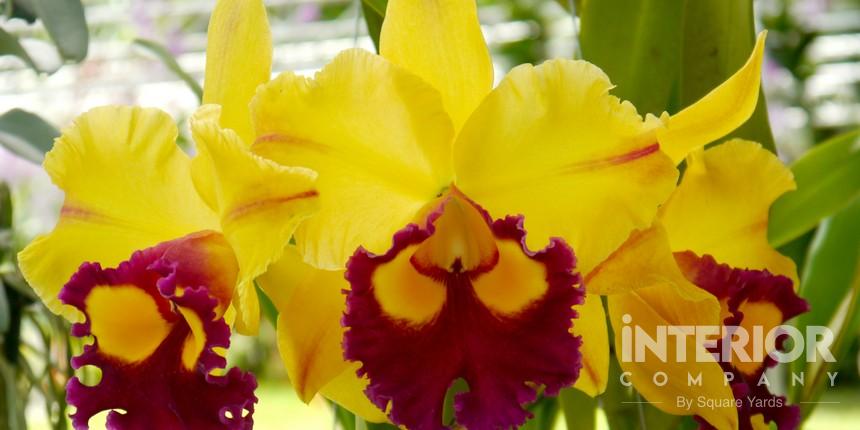
Also known as corsage orchids, the flowers of the beautiful cattleya orchids bloom in many different pretty colours mainly due to hybridization.
Brassia Orchids
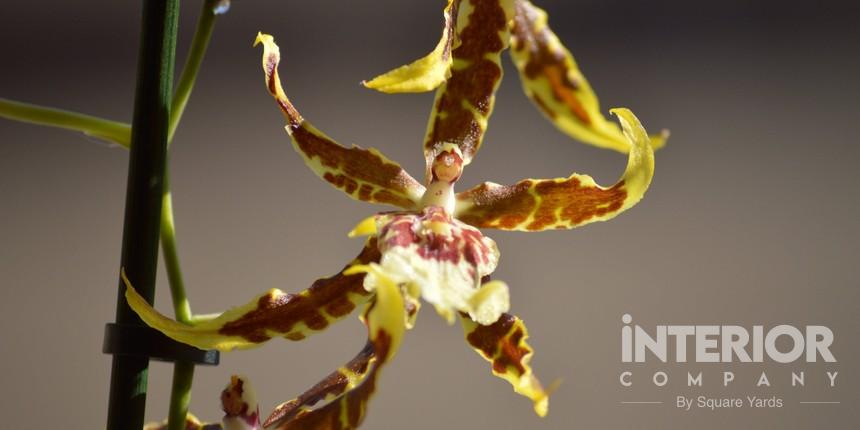
Differentiated with its spider-like pattern and colour combinations, this orchid blooms 8 to 12 flowers in a single bulb. These orchids love bright light and lots of moisture.
Cymbidium Orchids
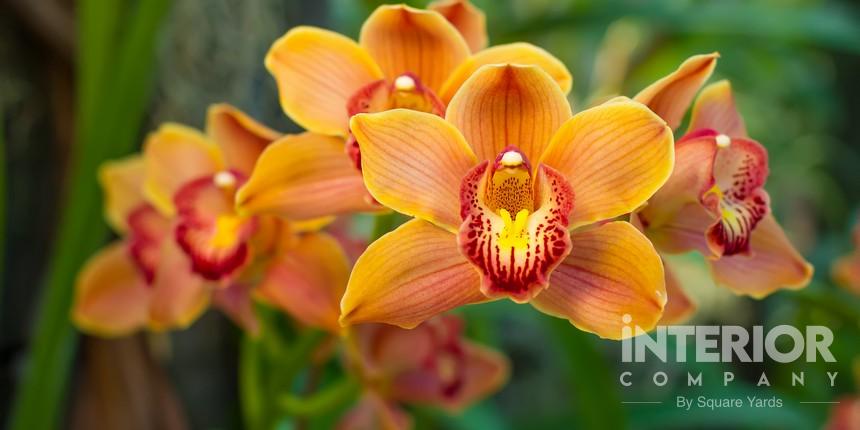
Consisting of smaller flowers, cymbidium orchids, also known as 'boat orchids' can bloom up to 30 flowers per spike. They are perfect for both gardens or for indoors.
Vanda Orchid
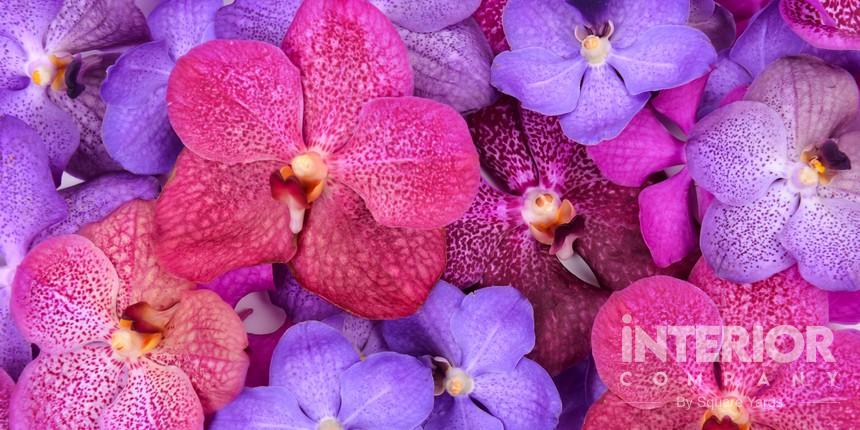
Fragrant, colourful, and beautiful, Vanda orchids are famous for their 80 species. The flowers are long-lasting but this plant requires high humidity and lots of light.
Encyclia Orchids

Famous for their octopus-like shape, they bloom for several months altogether. These plants are not fragrant at all.
Miltonia Orchids
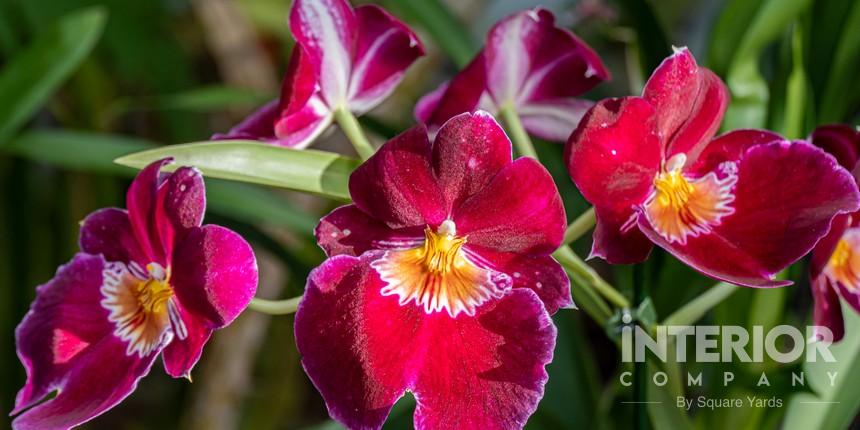
Most well known as 'pansy orchids', Miltonia orchids require bright and indirect light. It blooms from late spring to summer.
Oncidium Orchids
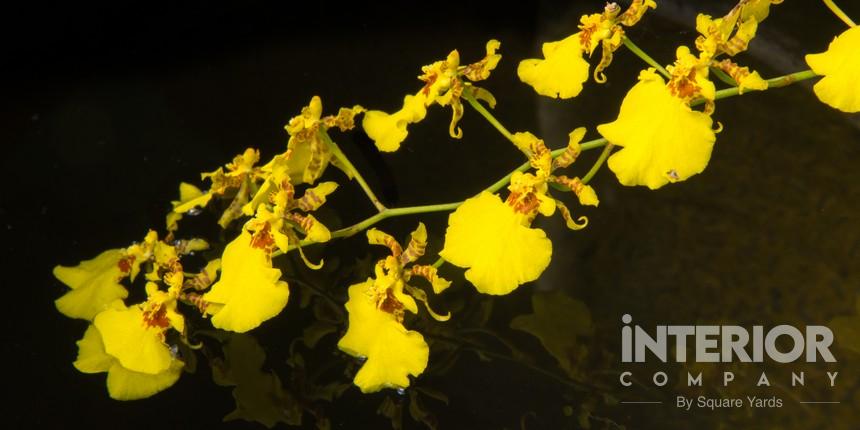
The beautiful and delicate skirt-like flowers of this orchid have given it the name of 'dancing lady orchids'. They bloom in the fall and require a cooler environment and consistent moisture.
Epidendrum Orchids
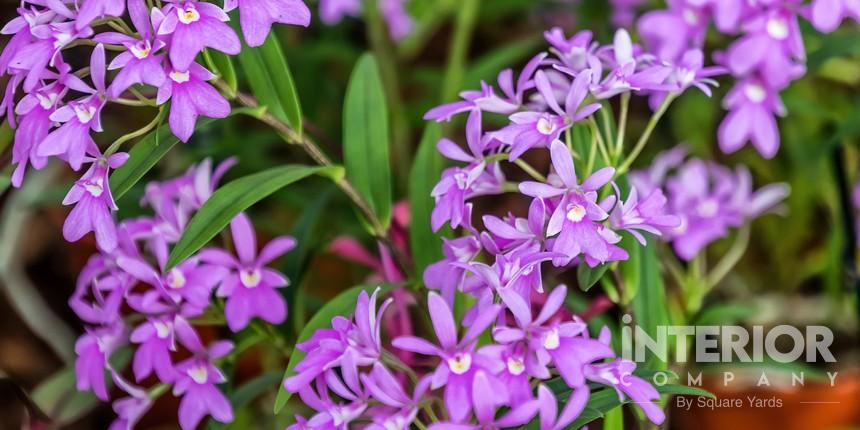
One of the most common types of orchids, these are known to have more than 1000 species. The flowers of this orchid are delicate and bloom in bunches.
Odontoglossum Orchids
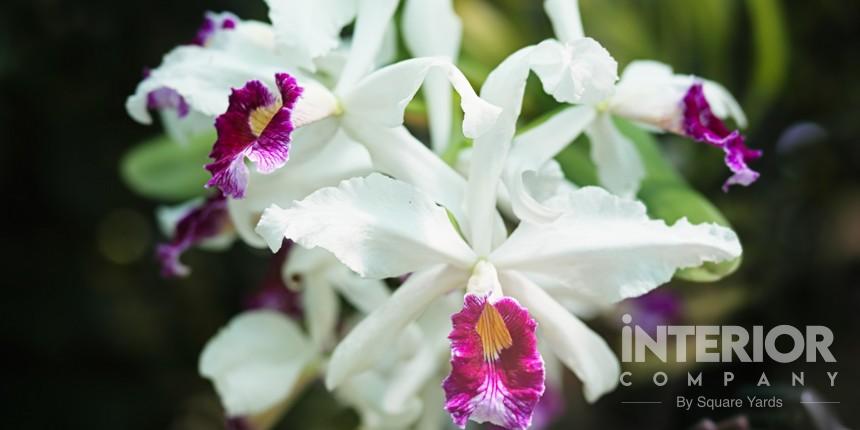
Colourful and elegant, these are known as the cool-climate orchids. The flowers require frequent watering. These plants are highly recommended for greenhouses.
Zygopetalum Orchids
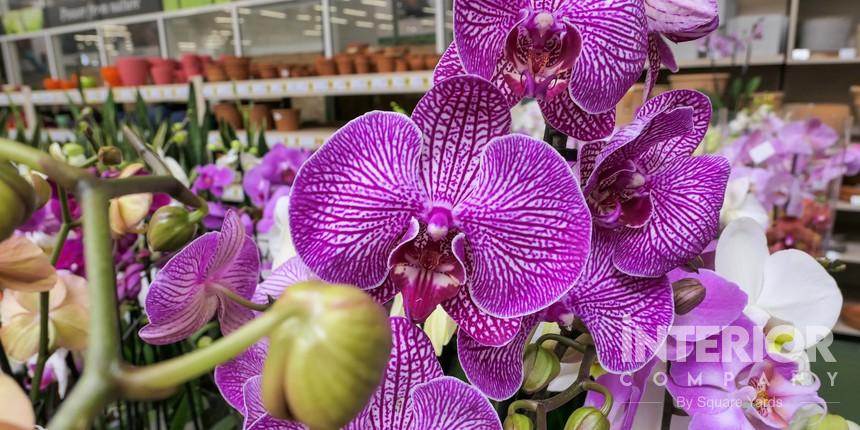
Stunning light purple colour of these flowers would attract your attention in a second. The flowers are fragrant which bloom from fall to spring. These orchids are only limited to 15 species.
Tips to grow and care for orchids
- Orchids demand shallow planting. You should place orchids in an east to south-facing room or window.
- Orchid plants require bright and indirect light. If the orchid plant gets insufficient light then it would lead to the poor blooming of the flower. And, if they receive light in excess then it could lead to the scorching of leaves. Orchid plants are very sensitive to matters related to light. When the orchids remain in their natural habitat i.e. within nature then they receive enough light and they can get accustomed to the day and night cycle. But when an orchid is placed within a home, it is thrown off its natural cycle because we keep our lights on even at night.
- Even though orchids can easily grow in any weather, cooler or warmer, they generally require a temperature of about 15 degrees. This temperature should be maintained at night so that they can bloom sufficiently.
- Orchids require plenty of water, but there should be gaps between watering them. You should not flood the plant with excessive water. You can check the level of water by inserting your finger for about an inch. If it is dry then you can add more water.
- Indoor orchid plants also need an adequate amount of humidity. It varies between fifty to seventy percent. If there is not enough humidity for the orchid in your room/home then you can also increase the humidity. You can place a saucer filled with water or a tray with pebbles beneath the plants. You can also use a humidifier or mist the plants daily. But, you need to maintain a balance between humidity and the movement of air. If this balance is not maintained then the plant might rot.
- You should fertilize the orchid plant weekly or bi-weekly when they are growing. Shift fertilizing the plant monthly or bi-monthly when they have matured. And, stop fertilizing the plant at all when they are rendered dormant.
- Another important and brilliant tip is repotting the orchid plant. This is done every other year. If you notice that your orchid has stopped blooming even though it is receiving enough light, water, and humidity, you might need to resort to repotting.
- Apart from taking care of the plants manually, you need to keep an eye for any signs of pests or diseases. Orchid plants are occasionally infected with scale, aphids, and mealybugs. The disease can be treated by washing it off with insecticidal soap.
Medicinal uses of orchids
The orchid plant, which has a staggering number of distinct species totalling 28,000, is also known for its medicinal properties. The people who have tried it say that orchids have a unique property that helps in prolonging the health and age of the human tissue.
People in Turkey say that orchids help in improving fertility. For a long time now, the Chinese have prescribed Gold orchids for medicinal purposes. They have been used for the treatment of diabetes and other ailments.
How to grow epiphytic orchids
Epiphytes are the plants that grow along with other plants. They are not parasitic in nature and absorb their nutrients and water from the rain and atmosphere. Epiphytes make up 10% of all the plant species and are common among orchids, bromeliads, ferns, and other plant groups. Epiphytes require different care from their terrestrial alternatives. It is important to understand the care they require so that you can take proper care of them in your home and office.
Most of the epiphytic orchids are found below the canopy of the trees in the wild. Since the roots of the epiphytes are not in the soil like that of the other plants, they manage to derive their nutrients from the atmosphere. But, when we place these epiphytic orchids in our homes or offices, they need to be treated with special care.
- Potting: Since the epiphytic orchid does not grow with its roots in the soil, it cannot be placed in regular potting soil. For epiphytic orchids, you would require a fast-draining potting medium.
- Air circulation: In the forests, orchids receive a natural circulation of air. A good flow of air is a prerequisite for a good growing orchid.
- Lighting: In their natural habitat, orchids are found growing under the trees. Too much direct sunlight can harm the leaves of the plant.
- Humidity: In tropical regions, the level of humidity is higher. Humidity helps in regulating moisture and prevents them from drying out in case of no rainfall.
How to care for a sick orchid?
The most common infection caused to orchids is the attack of bacteria or bugs. The first thing you need to do is to remove the other plants from the sick orchid's contact immediately. The best remedy to cure a sick orchid is to keep a bag of cinnamon near the plant.
If the problem goes beyond the upper section of the plant below to the roots then you need repotting. If the plant does not seem to recover at all then you need to think about repotting the plant. If you think that your orchid plant has caught a virus infection, then you need to get it checked or simply destroy it.
Orchid plants tend to attract infections and bacteria when they are under stress. So the solution for this is to study the nature of the plant, its history, its care requirements, and more. Keep yourself aware of all the problems that could cause your stunning plant to die.
Harmful effects of orchids
Orchids have been around people for a long time and there is a touch of mysticism that surrounds them. There are many health benefits and other advantages of Orchids. One of them being colour therapy which was popular in China. But, out of the hundreds of species, only a few of them are suitable for growing at home. They harmonize and balance out the negativity of the human soul and stimulate the atmosphere.
Like most other indoor plants that exist, Orchids too have their set of harmful effects. These are usually connected to feng shui teachings, signs, astrology, and superstitions.
- It is believed that Orchid plants drain energy and thus have a harmful effect on the body.
- Another reason why orchids might be harmful is if we do not know the type of orchid plant we are bringing in our home. There are so many types of orchids that it is hard to identify if they are poisonous or not. But most of the plants that we grow in our homes are hybrids and are not poisonous.
- Orchids might have a negative effect on your health if you plant them in a room that has poor ventilation. The increased outgoing aroma might cause allergies.
To Conclude
Orchid plants are beautiful and are an attractive piece for your home decor. They are easy to take care of and could be grown in your home or office, hassle-free. Read and learn about orchids before planting them and keep a few tricks up your sleeves to ensure a perfect bloom of extraordinary flowers.
Ready for a home transformation?
Let our designers assist you!
Recent Posts
Related Category
- Balcony
- Bedroom
- Home Decor
- Living Room
- Outdoors
















